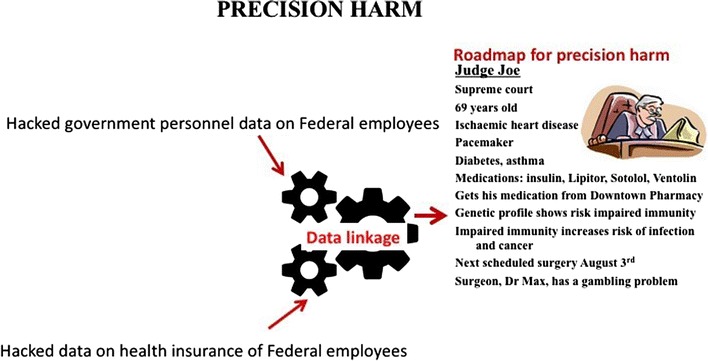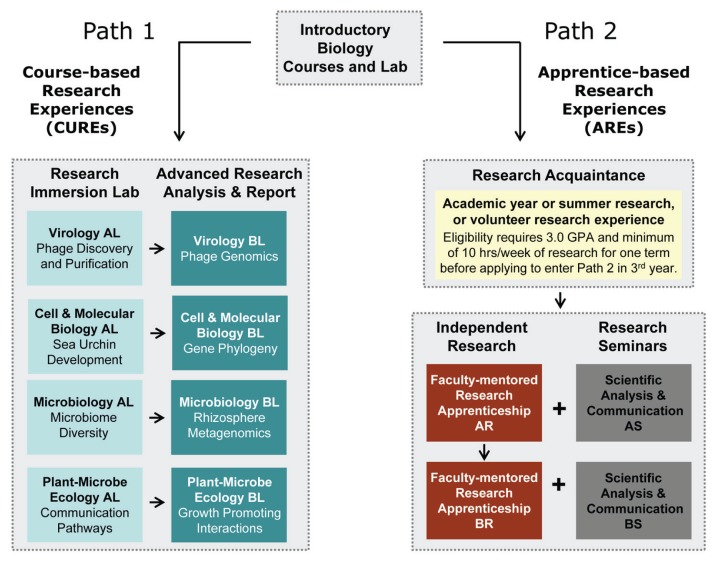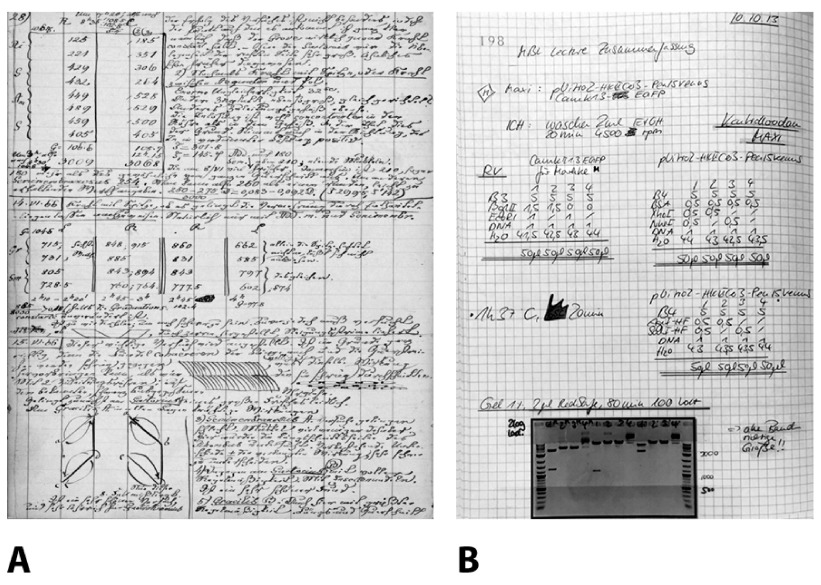Advances in organic sciences have outpaced regulatory and authorized frameworks for biosecurity. Simultaneously, there was a convergence of scientific disciplines corresponding to artificial biology, information science, superior computing and many different applied sciences, which all have functions in health.
For instance, advances in cybercrime strategies have created ransomware assaults on hospitals, which may cripple health methods and threaten human life. New sorts of organic weapons which fall outdoors of conventional Cold War period considering may be created synthetically utilizing genetic code.
These convergent trajectories are dramatically increasing the repertoire of strategies which can be utilized for profit or hurt. We describe a brand new threat panorama for which there are few precedents, and the place regulation and mitigation are a problem. Rapidly evolving patterns of know-how convergence and professionalliferation of dual-use dangers expose insufficient societal preparedness.
We define examples within the areas of organic weapons, antimicrobial resistance, laboratory safety and cybersecurity in health care. New challenges in health safety corresponding to precision hurt in drugs can not be addressed throughout the remoted vertical silo of health, however require cross-disciplinary options from different fields.
Nor can they can’t be managed successfully by particular person nations. We define the case for brand new cross-disciplinary approaches in threat evaluation to an altered threat panorama.

A Bridge to the World.
Zhi-Hong Xu is a plant physiologist who studied botany at Peking University (1959-1965). He joined the Shanghai Institute of Plant Physiology (SIPP), Chinese Academy of Sciences (CAS), as a graduate pupil in 1965. He recollects what has occurred for the institute, through the Cultural Revolution, and he witnessed the spring of science finally coming to China. Xu was a visiting scholar on the John Innes Institute and within the Department of Botany at Nottingham University within the United Kingdom (1979-1981).
He turned deputy director of SIPP in 1983 and director in 1991; he additionally chaired the State Key Laboratory of Plant Molecular Genetics SIPP (1988-1996). He labored as a visiting scientist within the Institute of Molecular and Cell Biology, National University of Singapore, for 3 months every year (1989-1992).
He served as vp of CAS (1992-2002) and as president of Peking University (1999-2008). Over these durations he was closely concerned within the design and implementation of main scientific tasks in life sciences and agriculture in China. He is an academician of CAS and member of the Academy of Sciences for the Developing World. His scientific contributions primarily cowl plant tissue tradition, hormone mechanism in growth, in addition to plant developmental response to atmosphere.
Zhi-Hong, as a scientist and chief who has made an influence locally, known as up loads of glorious younger scientists returning to China. All of his efforts have promoted the quick growth of China’s plant and agricultural sciences. Expected remaining on-line publication date for the Annual Review of Plant Biology, Volume 71 is April 29, 2020. Please see http://www.annualreviews.org/page/journal/pubdates for revised estimates.


